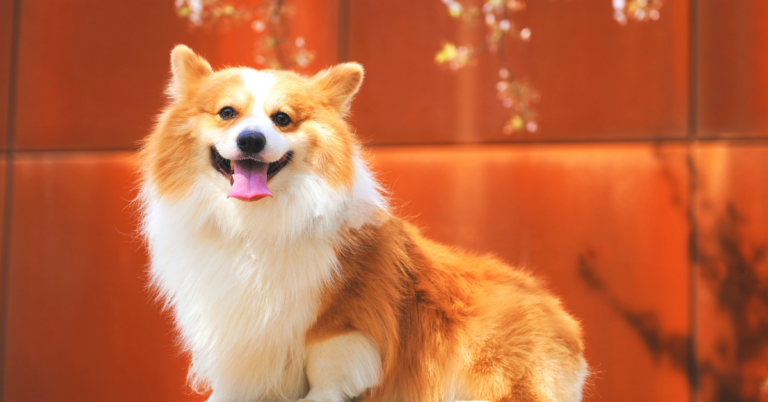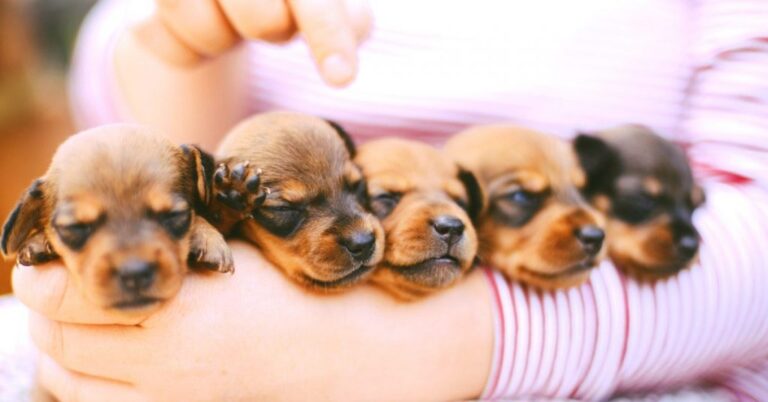Treating a Swollen Dog Paw
Reviewed by Erica L. Tramuta-Drobnis, VMD, MPH, CPH
A swollen dog paw can be worrying.
Our furry friends tend to move around a lot. They can also be clumsy sometimes and hit different surfaces around them, which results in having a swollen paw.
Reasons to have a swollen dog paw can be obvious, where a foreign object can get stuck in the dog’s feet, or it can be an obscure and vague cause.
Mild cases have fewer symptoms. However, severe cases can develop bleeding, and difficulty to stand or walk.
As a result, if left untreated, inflammation of the paw known as “Pododermatitis” can become painful.
That’s why it’s important to know how to check your dog’s paws, identify potential problems, and know what’s the next step to do.
Swollen Dog Paw Symptoms
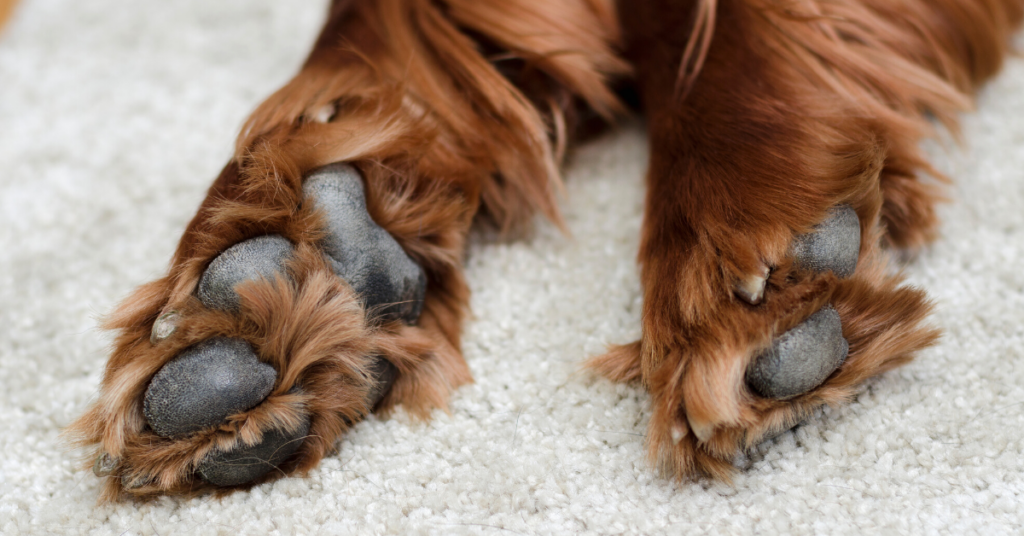
Any dog can be exposed to the inflammation of the paws. If your dog has a swollen paw, their feet are likely to be soft to the touch, and they may find it hard to stand or walk.
Other common signs of swollen paws include:
- Paws bleeding
- Fractured paw pads
- Sloughing paw pads
- Red paws
- Limbing and swaying
- Extreme foot licking and grooming
- Nails biting
- Presence of lumps on the feet
Additionally, If the pet’s paws are bleeding, and the dog is in pain, you should call your vet immediately.
Common Cause of Swollen Paws
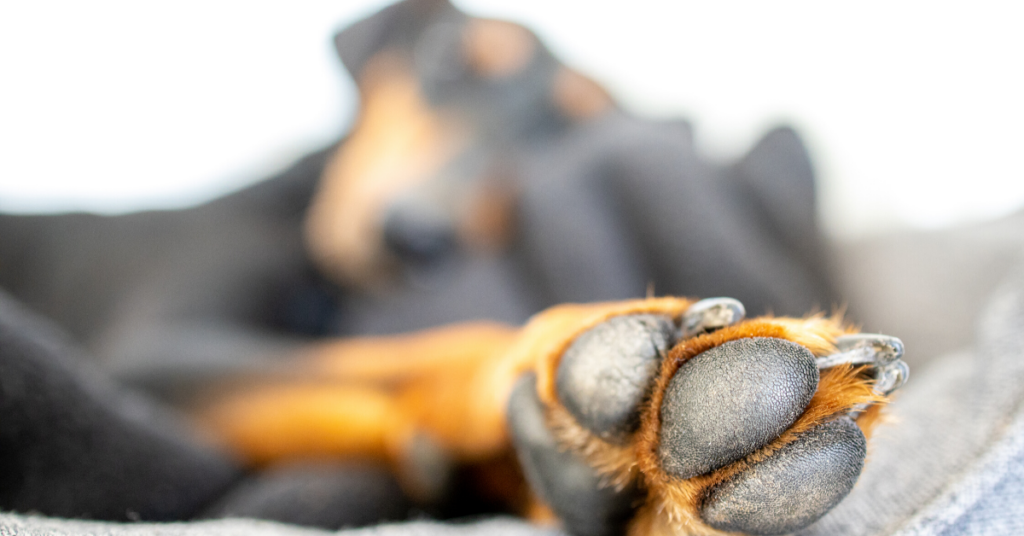
In most common cases, If one toe in particular is swollen, or the paw only rather than the leg, a foreign body may be the cause, or a broken toe.
These foreign bodies can be a twig, splinter, stone, scrap of metal, or a thorn. Or it could be a spider bite or some other insect. These objects can puncture a paw pad, causing swelling.
If the pads of all of the paws are swollen, it may be because the dog walked on a hot surface and caused the paws to burn.
However, having swollen feet that don’t appear to be very painful can be a sign of something more serious, such as lupus.
If both of the front paws are swollen but the rear paws appear ok, your dog may be suffering from allergies that are causing them to lick and chew the paws.
Allergic reactions can be environmental, or related to food. They can appear on the skin of most dogs, and the first place to effect are the paws.
Having bacterial or fungal infections, in this case the paws can also be itchy and have bad odour.
Finally, tumors can grow in the dog’s paw causing it to swell.
How to Treat a Swollen Dog Paw

Firstly, treating a swollen dog paw is dependent on the cause that made it happen. If you notice something stuck between your dog’s toes, remove it if you can, if it’s only puncturing the top layer of the skin.
You can use tweezers and slowly pull on the object. Don’t force it out if it’s not coming out easily. After that, wash the paw with soap and warm water.
Moreover, if you are not sure how far the object is embedded in the paw pad and can’t remove it, or you see bleeding or signs of pain, it’s better to call your vet to take a look.
The vet may prescribe Corticosteroids or anti inflammatories to reduce swelling and inflammation. Also, antibiotics or antifungals may be needed to help with any bacterial or fungal infection.
If a tumor on the feet caused the inflammation, it may require surgery to remove the growths.
If you can’t find out the cause, don’t ignore sore paws, as there might be an underlying more serious cause.
In addition, you can prevent swollen paws by keeping your dog away from stone surfaces or any other dangerous areas.
Finally, always check the paws every time your dog comes inside, and check the claws, because a damaged nail can also lead to swelling.
When to See a Veterinarian
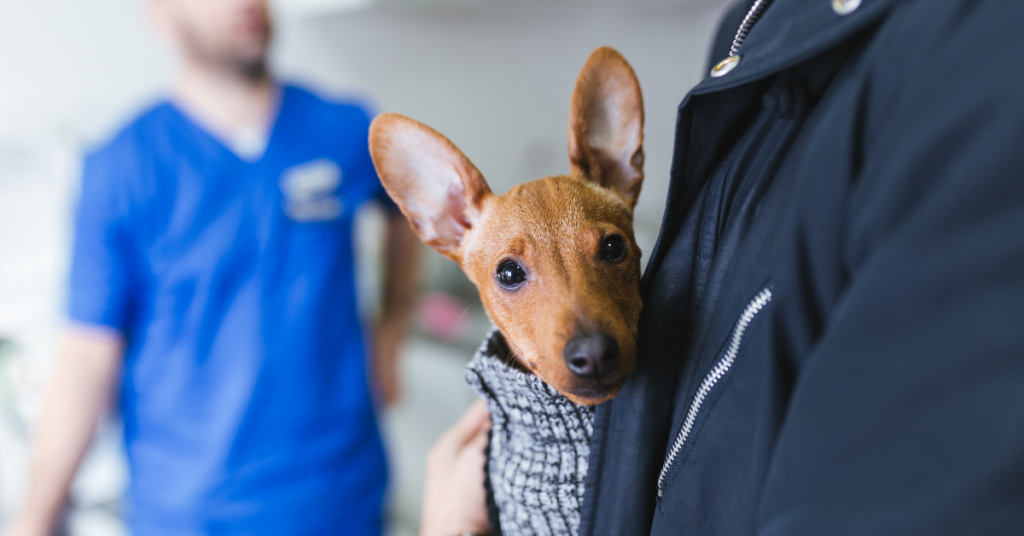
If you see your dog limping, swaying or having difficulty in standing or walking, talk to your vet to help diagnose the issue and the cause.
In conclusion, you should immediately call your vet if you notice bleeding paws, signs of pain or trauma to help stop the bleeding, get the right treatment and reduce pain.





